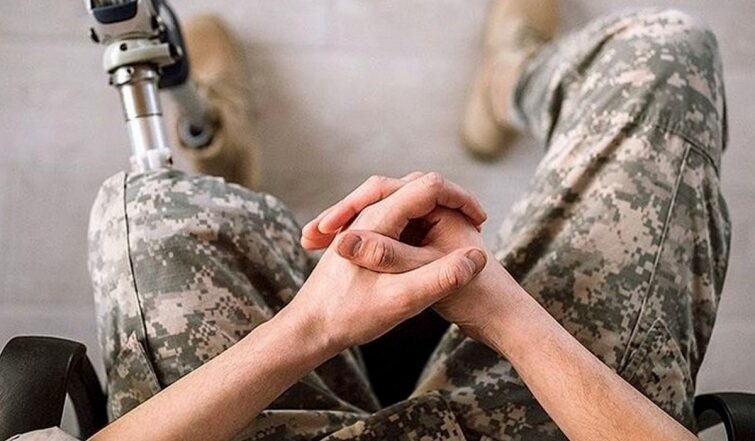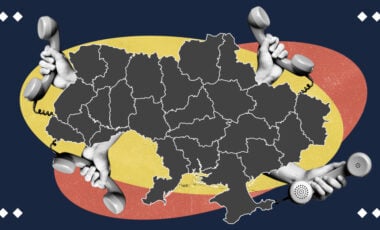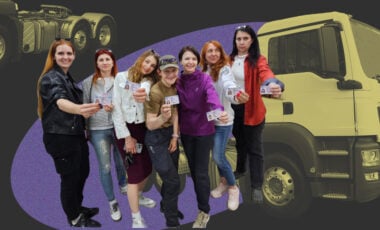Ukraine's defense ministry sets up online guide for wounded soldiers

Photo: Armiya-Inform
The Ministry of Defense of Ukraine has developed a website for injured Ukrainian service members.
Rubryka reports, citing Deputy Minister of Defense Hanna Maliar.
What is the problem?
Russia's full-scale war wounds Ukrainian soldiers every day. Defenders who were seriously wounded (injury or illness) during the defense of Ukraine and amid the military aggression of the Russian Federation need timely, comprehensive medical, psychological, and social support and assistance.
What is the solution?
The Ministry of Defense website has launched a section with step-by-step instructions for the military in case of injury to simplify soldier's receiving help.
"The site is easy to use, contains algorithms with actions for the wounded, and answers to all questions that arise during treatment, undergoing medical examination, receiving payments, and so on," said Hanna Maliar.
How does it work?
The soldier can find a link to the Turbota (which means "care") website on the Ministry of Defense webpage through the tab "For military service members."
The resource explains how an Armed Forces soldier should act after being wounded, get help, and issue payments.
It also shows what documents a soldier must have at various stages of treatment, rehabilitation, deregistration, or return to service.
The website contains samples of certificates and reports needed by the military. For example, a soldier should only have a wounded person's card when receiving first aid after evacuation.
So, the military can find out the following:
- what to do if they need prosthetics;
- how to pass the military medical and medical expert commission;
- how to get a disability and certificate of a participant in hostilities, etc.
- The service member's handbook after the injury is available on the resource, which provides detailed instructions and actions.
Earlier, the Ministry of Defense launched a system of electronic appointments for doctors of the military medical commission. Currently, the system operates in test mode in five cities in Ukraine.





















































